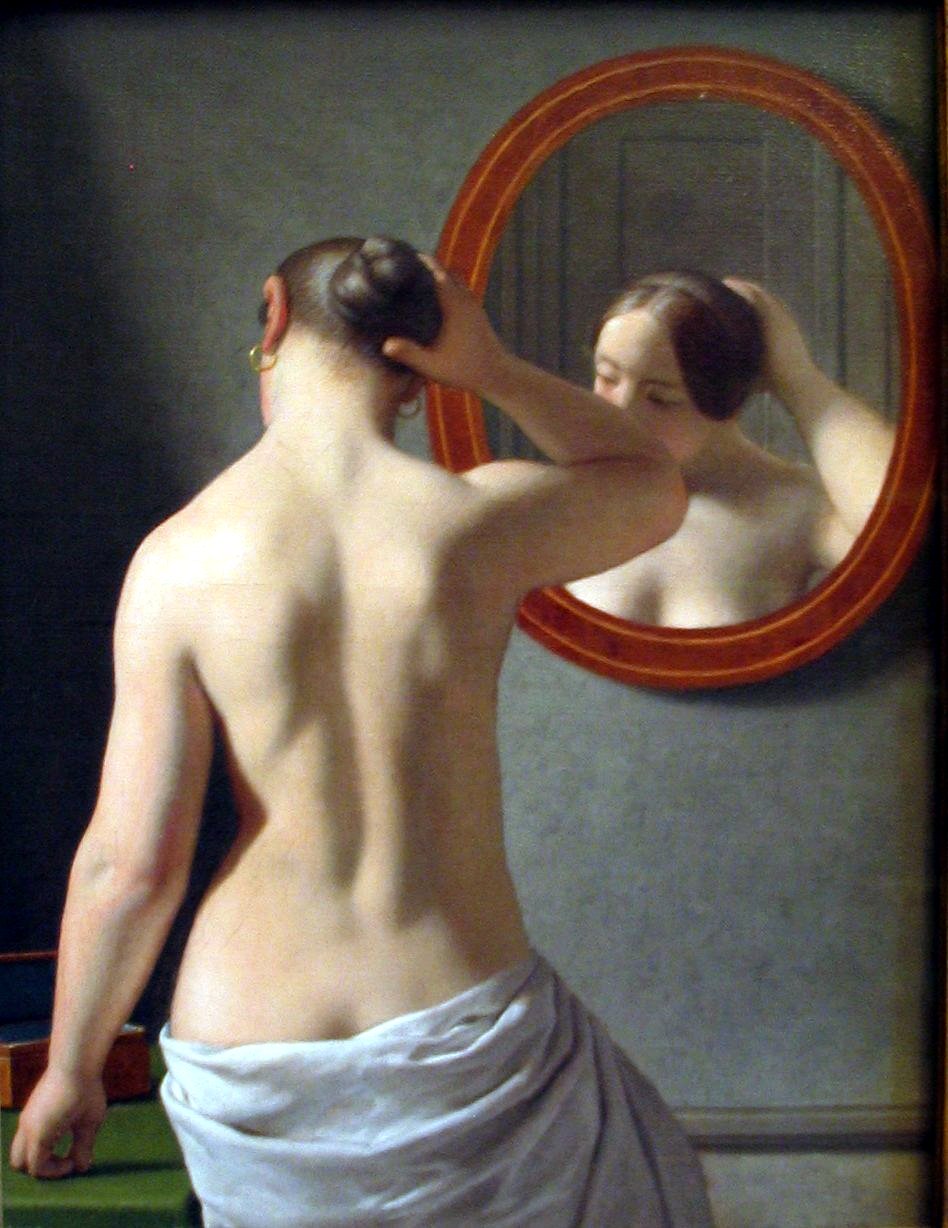As you’re probably aware (you certainly will be if you live in Scotland or one of the other UK countries!), on 18 September people on both sides of the Scottish independence debate – “Yes” voters, who want independence, and “No” voters, who want to stay with the United Kingdom – will be casting their votes.
And in spite of their opposing stances on Scottish independence, both sides will have one thing in common: they’ll each be voting to “cleave”. The “No” voters will express their desire to cleave to the United Kingdom, and the “Yes” voters their desire to cleave from it. Because “cleave” is one of those odd words in English that contains two contradictory meanings.
Both words started out from different roots, but their spelling has converged over time.
Cleave no. 1: to split, divide or separate
From the Old English cleofan, cleven, cliven, from Proto-Germanic *kleuban. Past tense: clove or cleft or cleaved; past participle: cloven or cleft or cleaved.
This version of “cleave” gives us terms like cloven hoof, cleaver and cleavage (about which, see below).
“Cleave”, version 1, is normally used to denote a clean and irrevocable split (imagine a butcher’s cleaver chopping through bones).
Cleave no. 2: to adhere, stick, cling
From Old English clifian, cleofian, from West Germanic *klibajan. Past tense and past participle: cleaved.
“Cleave”, version 2, is frequently used to describe a very strong and emotional attachment to a person or belief: such as allegiance to a nation or family of nations.
Returning briefly to cleave no. 1, for most people nowadays the related word “cleavage” is associated with low-cut necklines. Or possibly builders’ bums (shudder). The women in the painting above, Morning Toilet by Christoffer Wilhelm Eckersberg (Source: Wikimedia Commons), offers both varieties.
However, “cleavage” was originally a geological term referring to the “action of splitting (rocks or gems) along natural fissures”. According to the Online Etymology Dictionary, the bosomy meaning wasn’t in use until the 1940s:
The sense of “cleft between a woman’s breasts in low-cut clothing” is first recorded 1946, defined in a “Time” magazine article [Aug. 5] as the “Johnston Office trade term for the shadowed depression dividing an actress’ bosom into two distinct sections;” traditionally first used in this sense by U.S. publicist Joseph I. Breen (1888-1965), head of the Production Code Administration (replaced 1945 by Eric Johnston), enforcers of Hollywood self-censorship, in reference to Jane Russell’s costumes and poses in “The Outlaw.”
So now we know.
Other posts you might like:
The UK’s sexiest accent? Parliamo Glasgow
“Dreich”: Scots, the Scots… or Scottish weather?
By Marian Dougan

5 responses
How interesting Marian – I’d never thought about the two meanings of the word, but now you’ve mentioned it, I suppose that explains why Cleavers, that annoying weed with sticky buds that stick to everything (and especially my Springer’s fluffy feathers!), is so-called – because it sticks! You live and learn… And for what it’s worth, I sincerely hope that Scotland cleaves to the UK, not from it…
Thanks, Claire. I’d never heard the name Cleavers, although I can visualise them (have just looked them up on Wikipedia – fascinating!)
As for the Referendum – I’d be so upset if we left the UK!
Now we know, indeed. I suppose every language has verbs of the sort, I know Arabic does. That’s what makes languages fascinating. Thank you Marian.
Indeed – it’s all the little quirks of languages that make them both fascinating and fun!